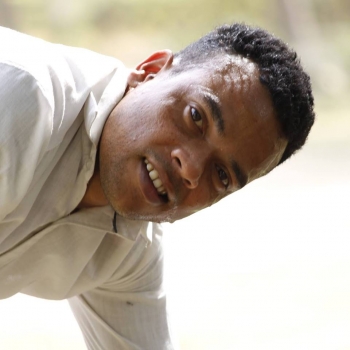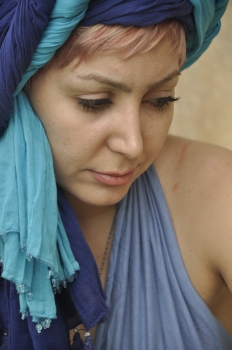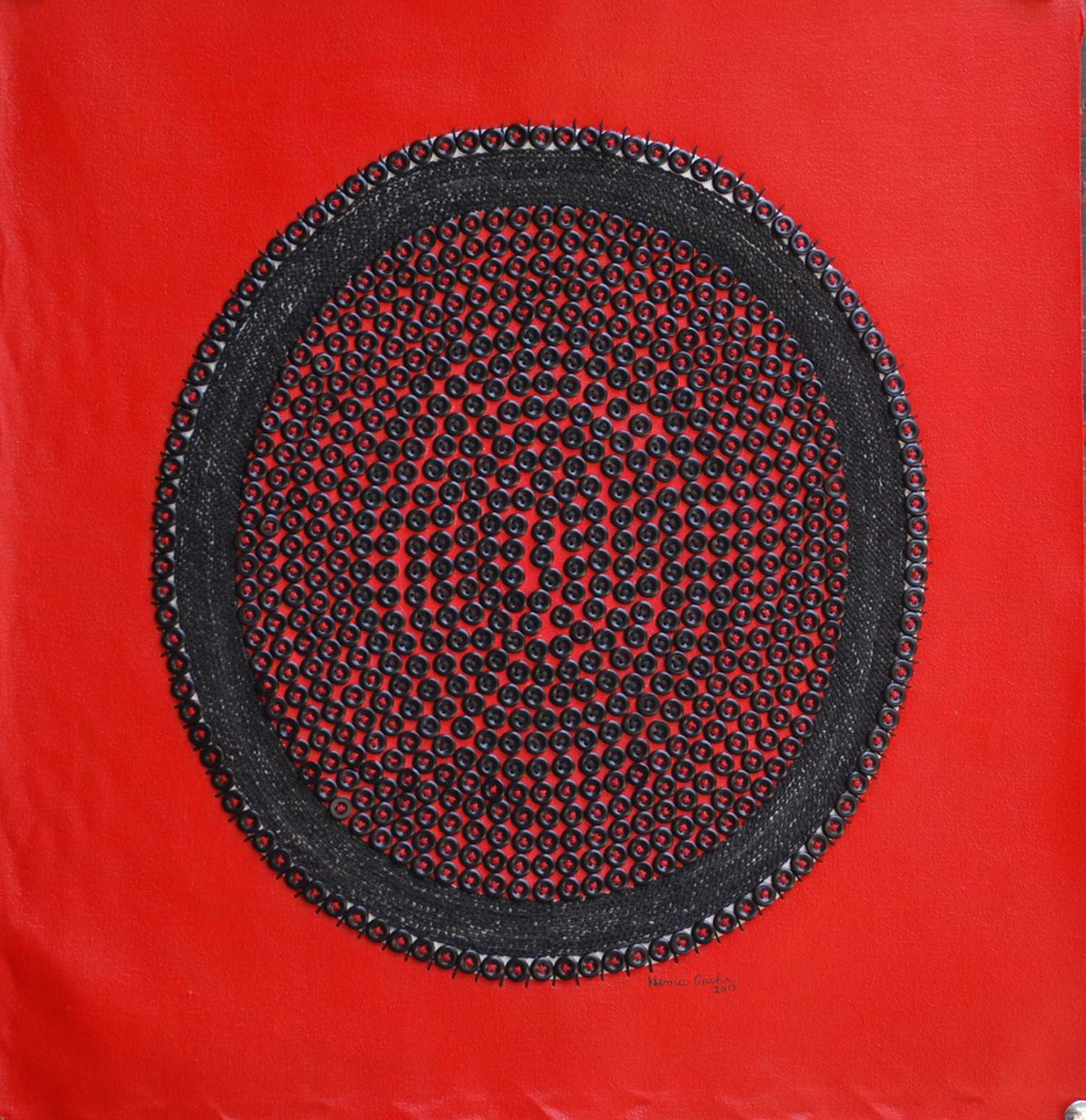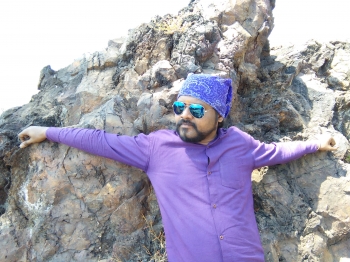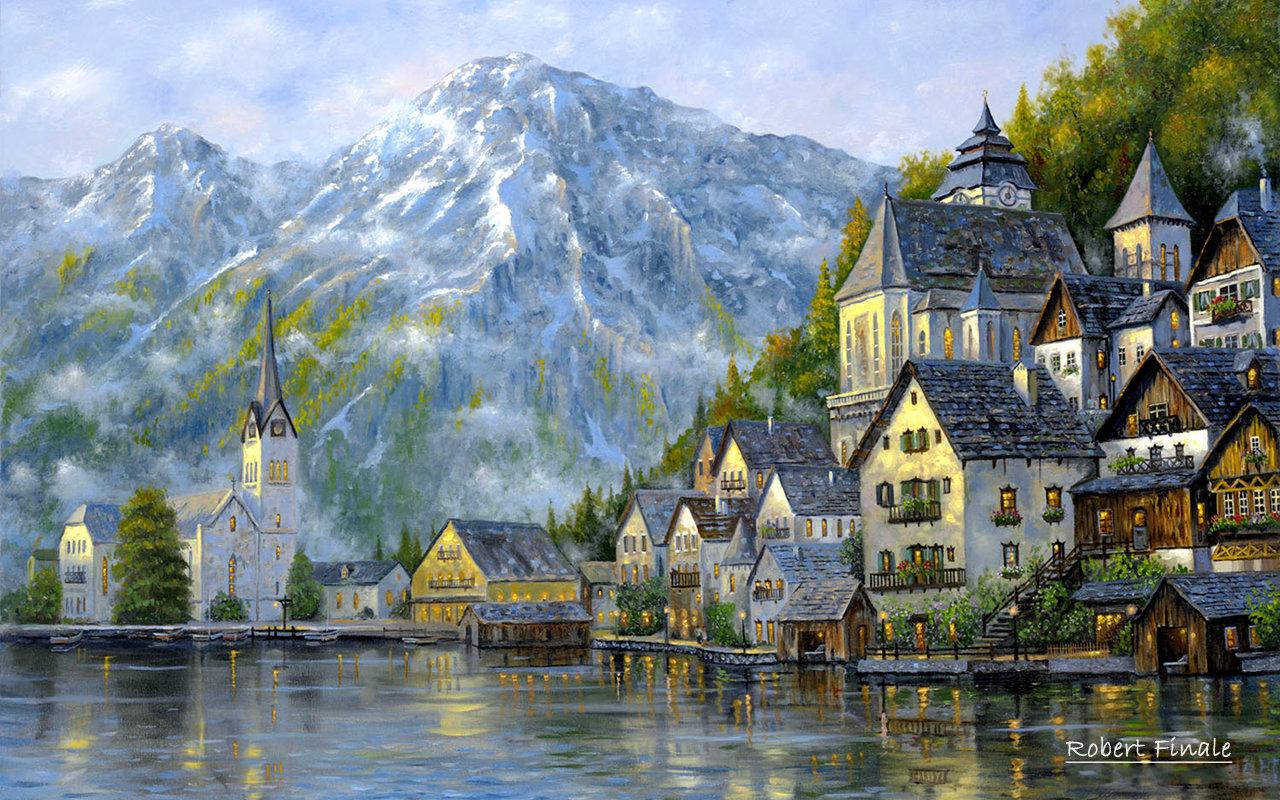
“Study nature, love nature, stay close to nature. It will never fail you”
It’s true! Anyone while observing the serene beauty and the sugariness in the naturally crafted landscapes will feel the bliss of studying the Mother Nature.
Maybe this is why the landscape artists love to paint en plein air.
An artist can view the limitless compositions that are hidden in the vivacious colours and splendid strokes of nature all around us.
While most of the people love the likes of abstractionism as it provides a totally new angle to look at art, I personally feel that landscape painters are the most creative breed of the artists we had and have.
I mean to make your surrounding your subject matter with just brush, colours and canvas is not an easy task. An artist needs to match the artistry with the natural scenery considering each of the minor aspects starting from the light components to the atmospheric condition.
This is a tough job to do, and so I have decided to scribble down few tips that could help all you landscape artists (established and beginners). Follow these steps and I am sure you will be drawing one of the famous landscape paintings of the future.
Tip#1: Disseminate the value uniformly in the artwork
Okay, before we proceed, I have a question for all you artists; what is the most significant aspect while carving a landscape painting?
It’s the composition.
Imagine if you have created an artwork with the sky being darker than the river representing a landscape in the daytime.
This is the blunder you definitely want to avoid. While painting a landscape it’s your responsibility to provide the viewers with a clear value definition. The viewer should be able to identify what is in light and what is in shade.
Make sure to create a distinctive composition for different elements of a landscape painting.
Like while drawing the sky of daytime, make sure to utilise the lightest shape so that it becomes easy for viewers to single out the same.
Any flat or horizontal surface is supposed to echo the sky visually, hence make it a less light than the sky.
Slopes and roofs come next. These surfaces should be a little darker than the previous elements.
Any element or object that is slanted vertically is the one you should be painting the darkest.
Tip#2: Colour of light
Being a landscape painter, you must have observed the sunlight quite closely. Have you noticed that the sunlight makes colour more warm and graceful?
Of course, you must have!
Sunlight makes colours look much lighter and a bit yellowish too.
For an instance, if you want to exhibit the sunlight in an agricultural field, ensure to craft the colours lighter but warmer.
If you have decided to paint on a daytime when sunlight is reddish or blueish, make sure that each element in your artwork has a pinch of red or blue respectively.
Deciding to craft an overcast day will require you to make the colour much dull than usual.
I would recommend the artists to blend the light of colour in all the elements to make the artwork much continual and prosperous in terms of composition.
Tip#3: Environment plays its part
It is extremely significant for an artist to keep a close eye on the distance of the objects. The objects that are far from you will be not clearly visible to you because of the presence of atmosphere in between.
Our atmosphere is known to be made up of floating particles and humidity. This is why an unnoticed filter is being applied to the eyes while watching an object placed at a distance.
This is another aspect that should be carefully assessed by the artist. The objects that are far must be greyish and light. More the distance, lighter and more greyish shade should be put on.
Objects that are nearer are much darker and crisper than the ones that are not.
Tip#4: Incorporate wisely
You are standing on a cliff with your canvas placed on the stand and your colours & brush ready to be used. High cliff is offering you a humungous landscape to paint.
Now, the tricky part comes, what should you include and what not in the painting.
The most famous landscape paintings are known to include only a few of the objects and not all.
You as an artist should keep a close look at the focal points, size of the canvas, placement of the focal point, and the elements you would be including while painting a landscape.
Make sure to not incorporate every little object such as bushes, poles and street signs in the painting. To make the composition much catchier and appealing, you can also shift the placement of the objects accordingly.
Tip#5: You are your own master
A successful artist never hesitates to take command of the things in his/her own hands. Like if you think the certain object would look much better in a colour different from the original, do the necessary change.
Only the focal point of an artwork should have firm definition and high contrast. The other elements are nothing but secondary in the context.
If you want to include some bright object in the painting, ensure to shift the object’s location to a different position so as to make the composition much better.
Final words
Crafting a landscape painting is a slow process that goes on with continual learning. None of the famous landscape paintings were carved without repetitive efforts and several bad results.
Go to an oil painting gallery and ask a landscape artist how much time it took him/her to complete the painting. Then you would get how much stringent and creative the entire process is.
If you think I have missed some other important aspects that could help the artists, feel free to contribute in the comment section.
Till then, Good Bye!











